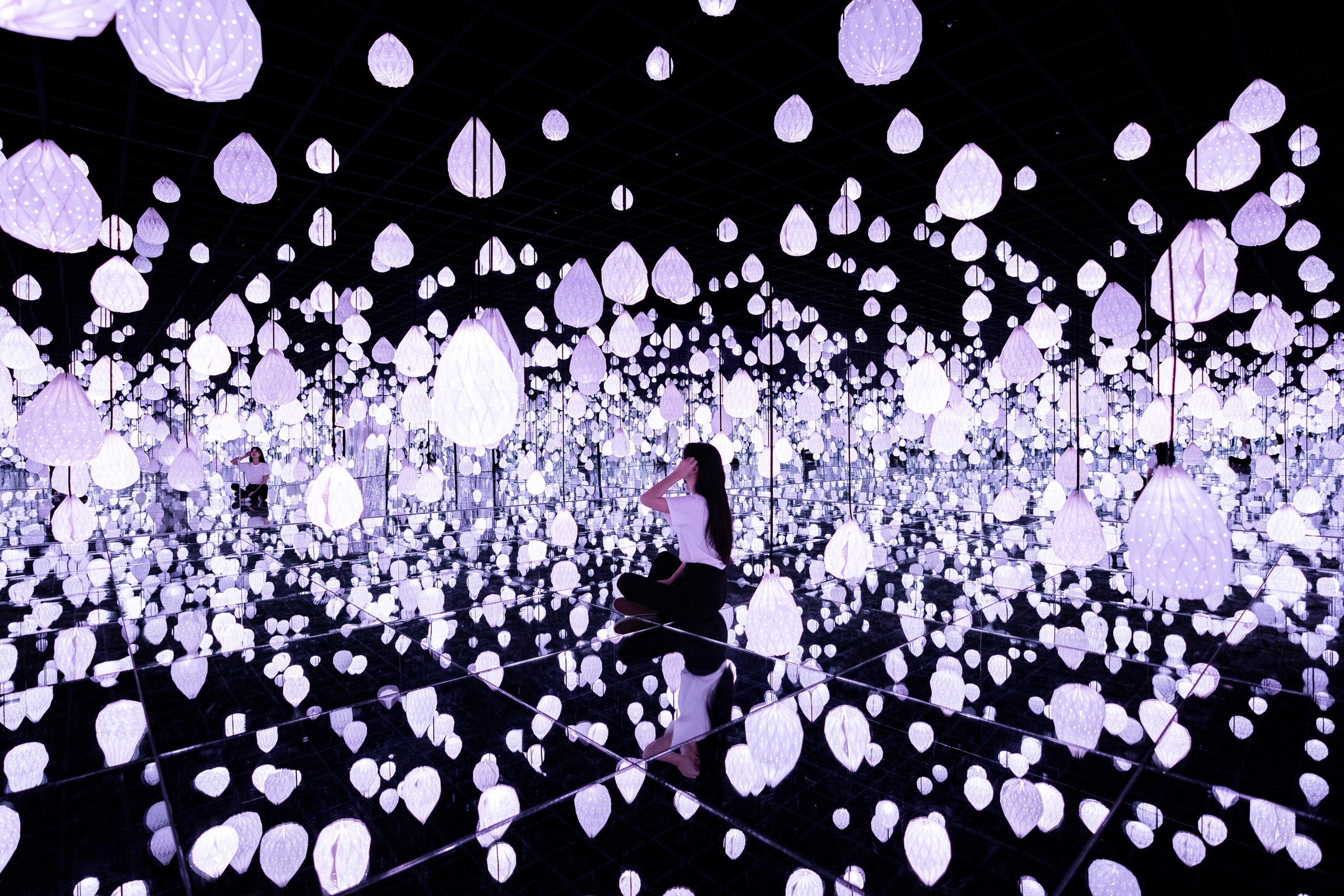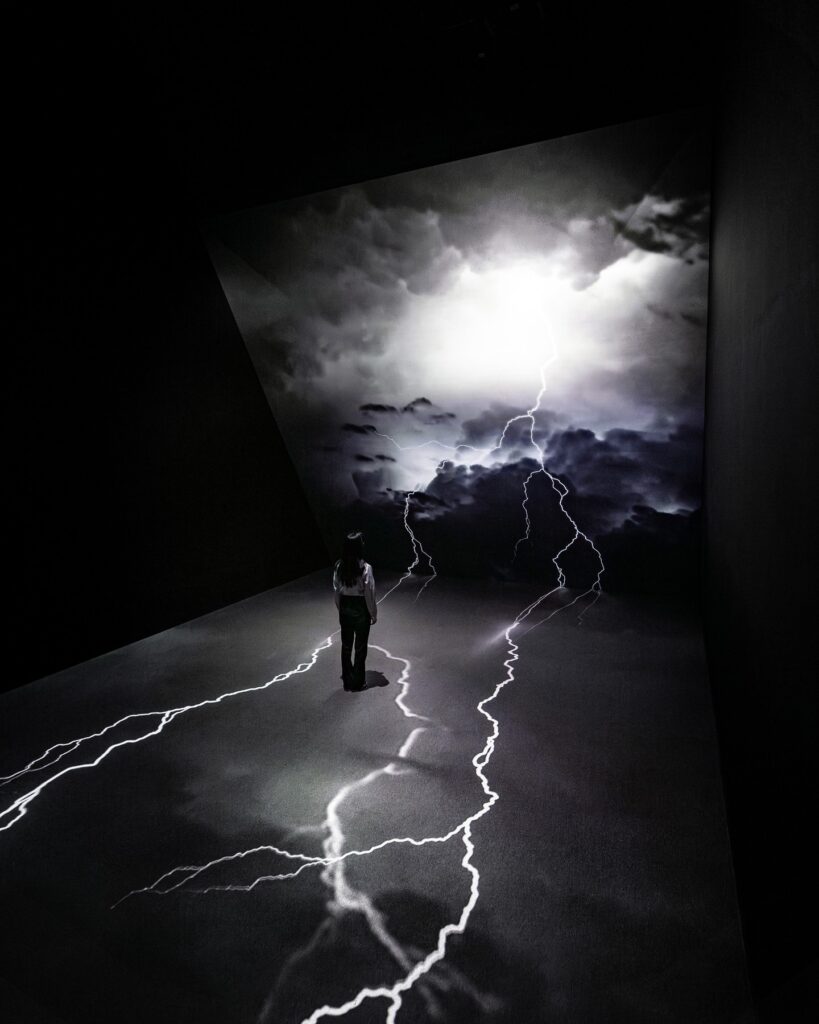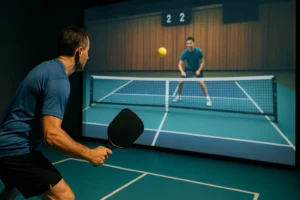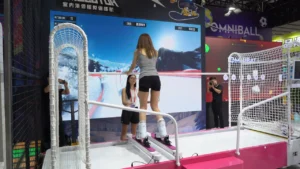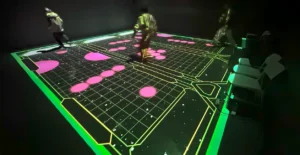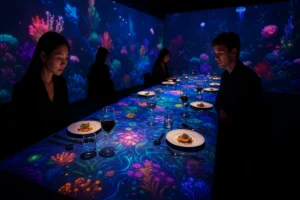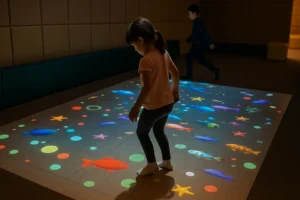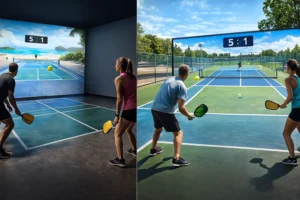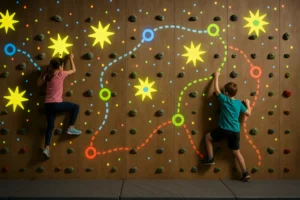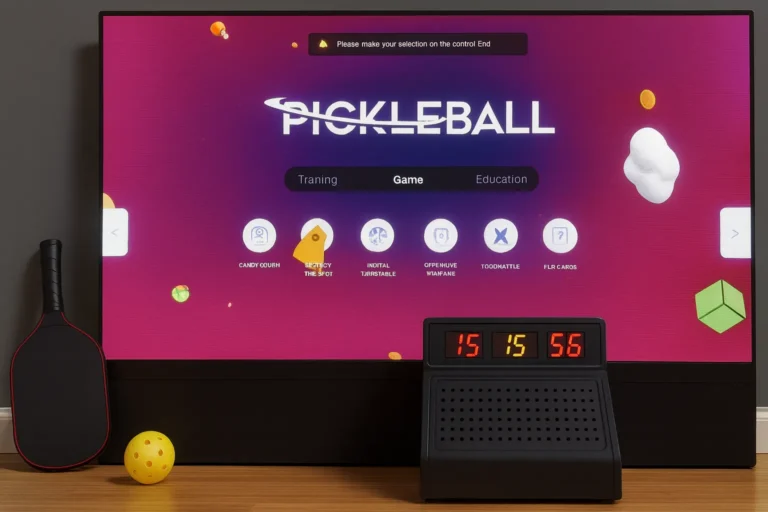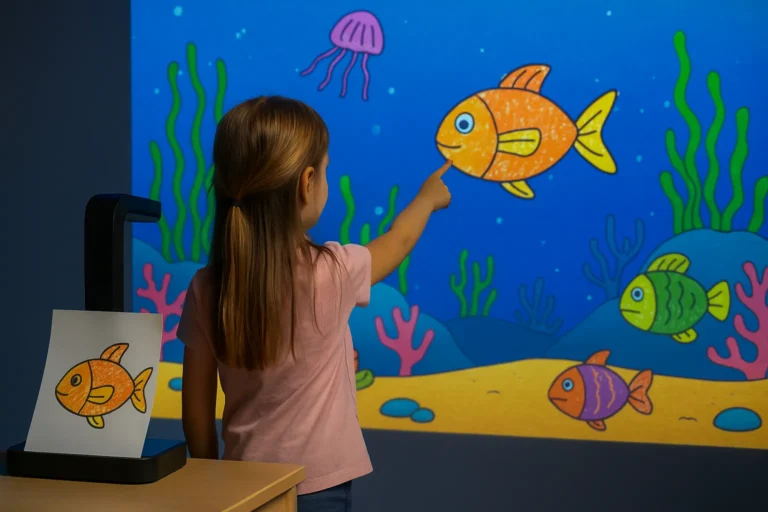The art museum experience is undergoing a transformation. Gone are the days of static displays; today’s audiences crave engagement, interaction, and immersion. But how do you design a theme that elevates your interactive art museum to a truly unforgettable experience?
Beyond the Gallery Walls: The Power of Theme in an Immersive Museum
The theme for your museum acts as a cohesive narrative thread, weaving together technology, art installations, and visitor experiences. It sets the tone for the journey, guiding visitors through a world that transcends the limitations of traditional museums.
Here’s why a well-defined theme is crucial:
- Enhanced Engagement: A compelling theme draws visitors deeper into the experience, fostering emotional connections and sparking curiosity.
- Cohesive Storytelling: Themes provide a framework for the art installations, ensuring a sense of continuity and purpose throughout the museum.
- Memorable Experience: A strong theme leaves a lasting impression, making your museum stand out from the crowd.
Sparking Inspiration: Popular Themes for Interactive Art Museums
Now, let’s explore some popular themes that ignite imagination and propel visitors into immersive experiences:
- Dystopian Futures: Explore the potential ramifications of technology and societal shifts, using interactive installations to spark conversations about the future.
- The Fabric of Reality: Challenge perceptions of reality by employing AR/VR technology to manipulate space and create mind-bending experiences.
- Nature’s Symphony: Immerse visitors in the beauty and wonder of nature through interactive installations that simulate natural landscapes and ecosystems.
- The Power of Play: Embrace the playful nature of creativity, encouraging interaction and exploration through interactive exhibits and game-like experiences.
- A Journey Through Time: Transport visitors to different historical periods, using interactive elements to recreate historical events and environments.
Remember, these are just a starting point. The best theme for your museum will depend on your artistic vision, target audience, and desired overall experience.
Designing for Interaction: Weaving Theme into the Museum Experience
Once you’ve chosen your theme, it’s time to translate it into an immersive and interactive reality.
Here’s how to seamlessly integrate your theme with the interactive elements of the museum:
- Interactive Installations: Design art installations that allow visitors to participate and shape the experience. This could involve touch-sensitive displays, motion-activated elements, or even collaborative art pieces.
- Sensory Experiences: Engage multiple senses to create a truly immersive environment. Incorporate sound, light, and even scent to evoke specific emotions and enhance the thematic narrative.
- Storytelling Through Technology: Utilize technology like AR/VR to create interactive narratives that align with your theme. Imagine exploring a virtual shipwreck or walking through a Van Gogh painting.
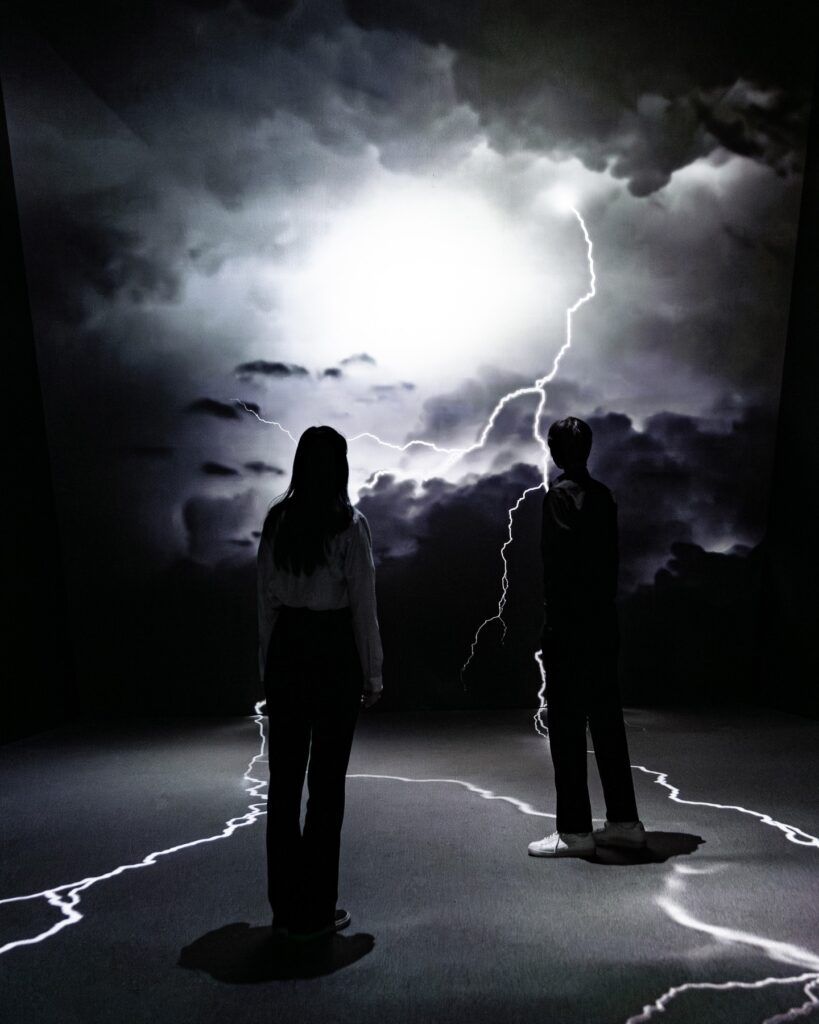
Lighting the Way: The Role of Technology in Interactive Art Museums
Technology plays a crucial role in crafting an immersive interactive art museum experience. Here are some key technologies to consider:
- Interactive Displays: Touch screens and motion sensors allow visitors to directly engage with the art, unlocking information or triggering interactive elements.
- Projection Mapping: Transform walls and surfaces into dynamic canvases, using projection mapping to create immersive visuals that align with your theme.
- Virtual Reality (VR): VR allows visitors to step into the heart of the artwork, experiencing art in a completely new way.
- Augmented Reality (AR): AR overlays digital elements onto the real world, blurring the lines between reality and the art installations.
Remember, technology should be used to enhance the artistic experience, not overshadow it.
From Concept to Creation: Finding the Right Partners
Bringing your vision to life requires collaboration with talented professionals. Here’s who you’ll need on your team:
- Themed Experience Designers: These specialists help translate your theme into a cohesive and engaging museum experience.
- Interactive Technology Experts: They ensure seamless integration of technology within the artworks and exhibits.
- Artists and Content Creators: Work with artists and content creators who resonate with your theme and can create captivating installations.
Conduct thorough research to find partners with proven experience in designing immersive and interactive exhibits.
The cost of designing an immersive interactive art museum theme can vary widely depending on factors such as the size of the space, the complexity of the design, and the technologies involved. It’s essential to consult with experienced designers and budget accordingly to ensure a successful project.
The market for immersive interactive art museum themes is continually evolving, with new designs and concepts emerging regularly. Design firms, specialized suppliers, and online marketplaces are excellent sources for discovering the latest offerings. Conducting thorough research and exploring multiple options can help find the perfect theme for your museum.
Designing immersive interactive art museum themes often involves a combination of specialized software tools tailored to the needs of the project. This may include graphic design software for creating visual assets, 3D modeling software for rendering environments, and interactive programming tools for incorporating dynamic elements. Designers may also utilize virtual reality and augmented reality platforms to simulate the visitor experience and refine their designs.

